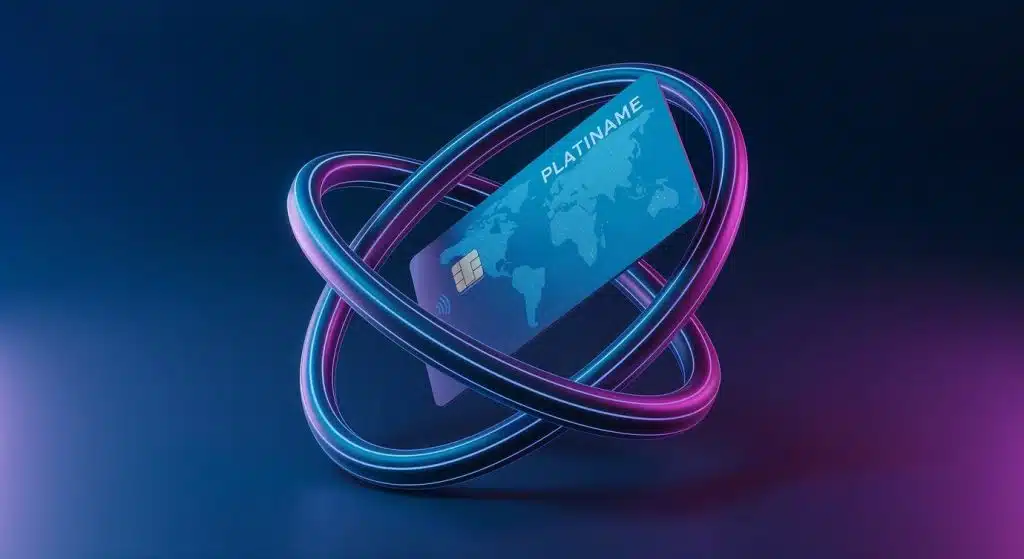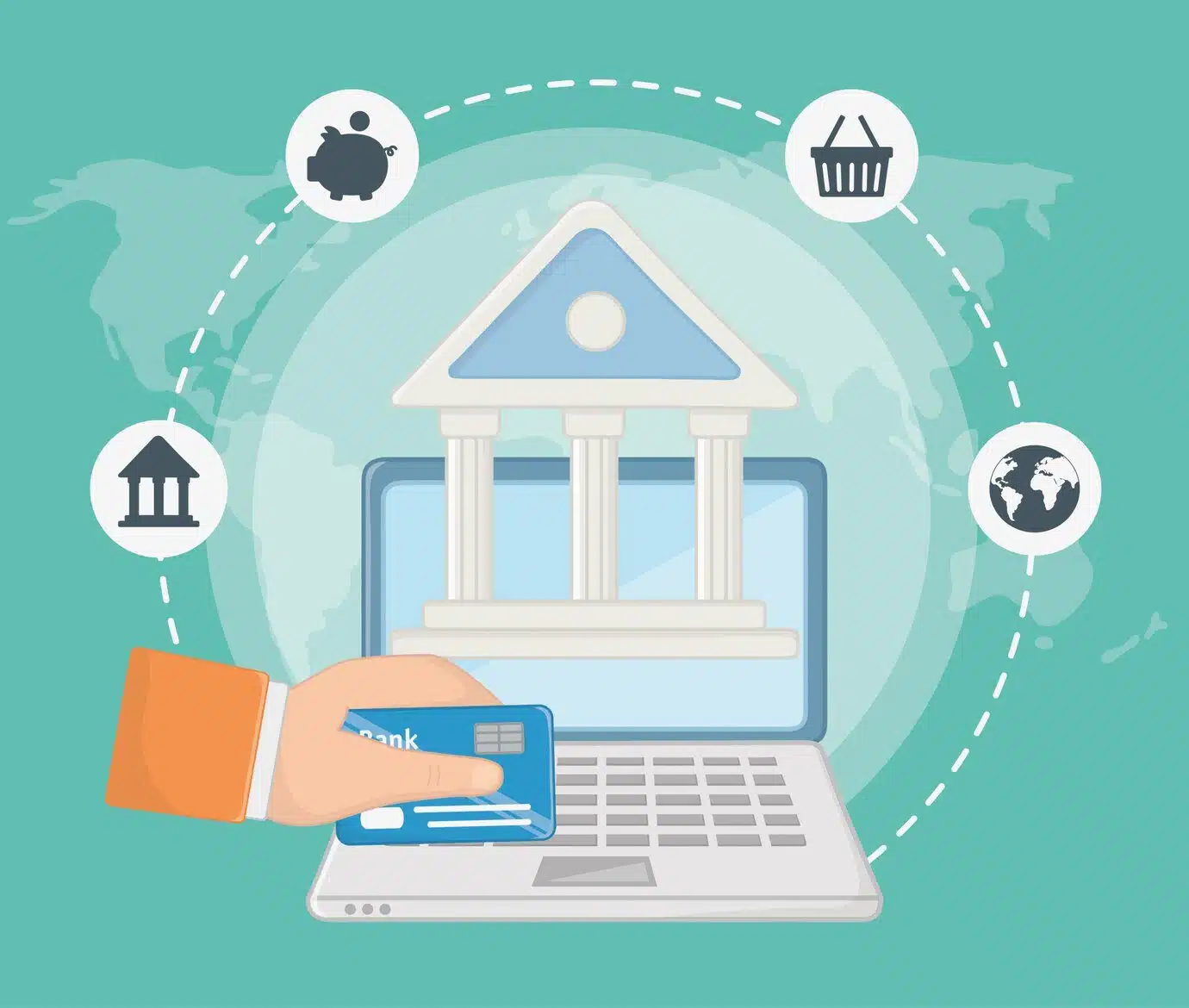Digitalization is revolutionizing the financial landscape in the United States, especially in the realm of credit access. As the financial system increasingly embraces modern technology, it opens up new opportunities for consumers and lenders alike, making it easier, quicker, and more efficient to access credit. This transformation is not only altering traditional lending processes but is also paving the way for innovative financial products and services.
Previously, obtaining credit was often a lengthy and complex process, dominated by rigid criteria and a limited number of lending institutions. In contrast, today’s digital landscape offers a plethora of options for consumers seeking credit, thanks to advancements in financial technology. Let’s explore how this financial evolution is impacting the lives of everyday Americans and shaping the credit ecosystem.
How digitalization is transforming credit access

The widespread adoption of digital processes in finance has brought significant shifts in how credit is accessed and managed. Digital platforms enable quicker approval times, reduced paperwork, and more personalized lending solutions. With the integration of artificial intelligence and machine learning, lenders can now assess creditworthiness more accurately and swiftly, which benefits borrowers.
Moreover, digitalization has facilitated the rise of alternative lending platforms. These platforms use technology to offer loans to a broader audience, including those with non-traditional credit backgrounds. This inclusivity is creating a paradigm shift in the credit industry, enabling wider access while democratizing the lending process. By embracing digital tools, the financial system is becoming more efficient and responsive to consumer needs.
The role of fintech in expanding credit possibilities
Financial technology, or fintech, is at the heart of this transformation. Fintech companies are leveraging technology to enhance the lending experience, offering solutions that are not only faster but also more customized to individual borrower needs. By utilizing data analytics, these companies can provide a more detailed assessment of a customer’s financial health, allowing for a more nuanced lending approach.
Challenges and implications of a digital credit system
The digitalization of credit does not come without its challenges. As data and technology become central to finance, issues of privacy and security surface, necessitating robust measures to protect consumer information. Additionally, the digital divide poses a barrier to those without access to or proficiency in using digital tools. Ensuring equitable access to these digital resources is essential to prevent further disparities.
Another implication is the need for regulations to keep pace with rapid technological advancements. As financial services become increasingly digital, regulatory frameworks must evolve to address new risks and ensure consumer protection. Balancing innovation with regulation will be crucial to harness the full potential of digital finance while safeguarding public interest and financial stability.
Practical tips for navigating the digital credit landscape
To thrive in this evolving credit environment, consumers should seek to enhance their digital literacy. Familiarizing themselves with online financial tools and resources can empower individuals to make informed decisions. It is also important for consumers to stay vigilant about data privacy and financial security, utilizing strong passwords and authentication measures. Engaging with digital platforms that offer educational resources can further bolster financial understanding.
The future of credit in a digitized world
As digitalization continues to redefine the financial sector, the future of credit looks promising yet complex. This ongoing transformation promises greater inclusivity and efficiency, expanding access to credit for a broader population. However, to fully realize these benefits, industry stakeholders must address challenges around security, equitable access, and regulatory oversight.
In summary, the digitalization of the financial system is undeniably changing how individuals and businesses access credit in the U.S. By fostering innovation and expanding options, it has the potential to create a more inclusive and dynamic financial ecosystem. The journey ahead hinges on navigating challenges and capturing opportunities, ultimately reshaping the credit landscape for generations to come.




